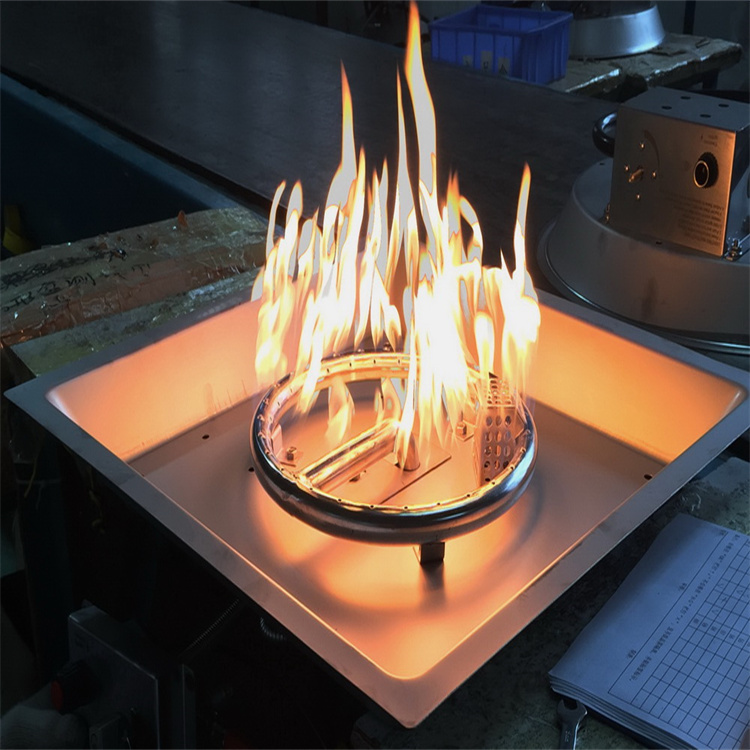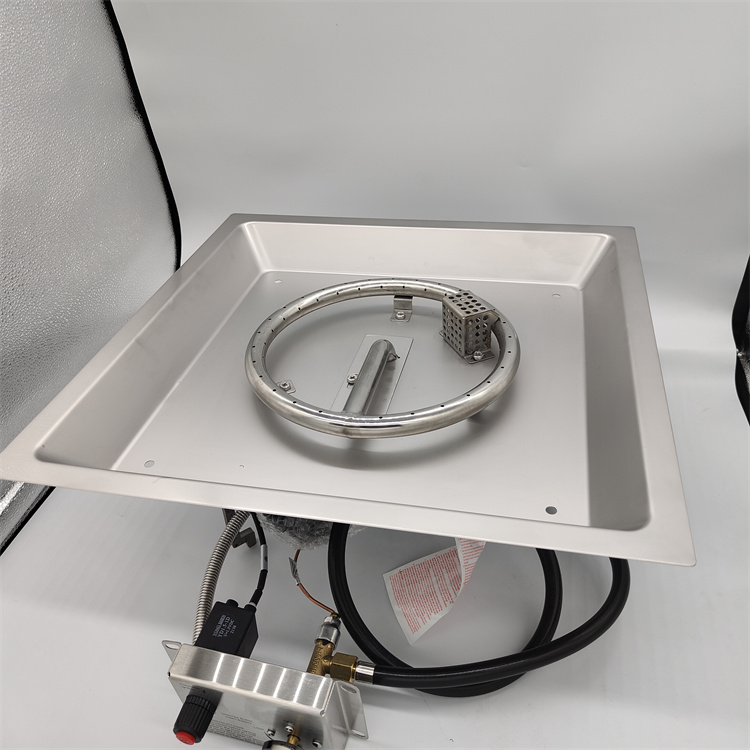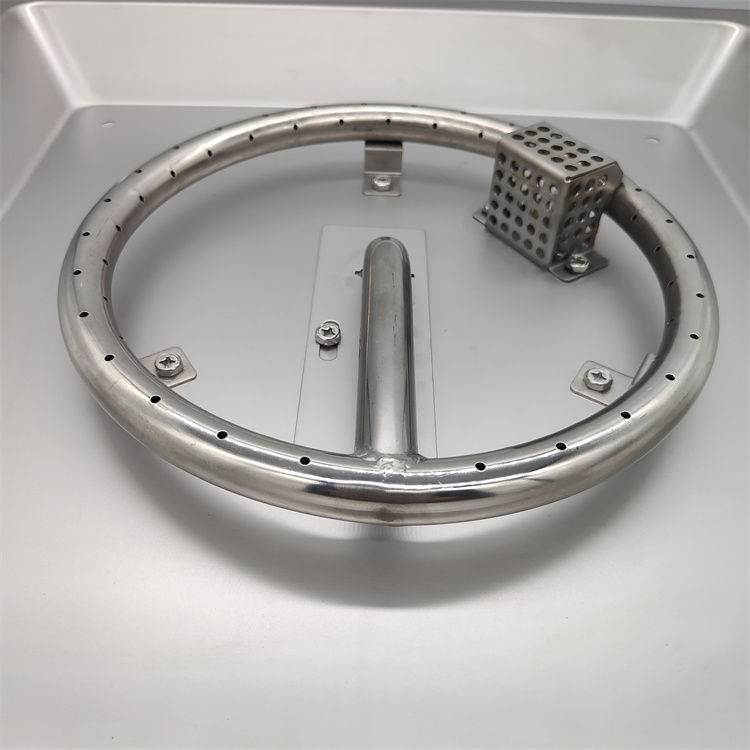The 13-month-old baby Solange is playing with wooden and cotton toys. Drinking water is a Swiss-made aluminum drinking cup. Even molars use natural green foods such as celery sticks and kale stems. Under the careful care of his mother Celina, he lived in a world completely free of plastic products.
Celina is an acupuncturist in Berkeley, USA. She is increasingly concerned about the potential toxicity of plastic products. She said that since she became pregnant, she had never used plastic products to hold anything, and she had put an end to all plastic packaging. She was looking for a plastic bottle without bisphenol A and a teat without phthalate (the latter she has not yet found).
Celina said: "It is really difficult for parents to be 100% assured. You always do your best to eliminate all security risks."
With regard to potentially toxic substances in plastic products, more and more consumers have expressed their concerns. The "baby blog" is also constantly reminding people to pay attention to the chemicals contained in baby bottles and baby toys. Dealers said that in recent decades, people's demand for glass bottles has increased. Plastic bottles and drinking cups that do not contain bisphenol A substances have also become popular on the market. The Californian Parliament of the United States passed a bill prohibiting the addition of phthalates to plastics used by infants under the age of three.
Recent studies have found that plastic products are ubiquitous from the surrounding environment (ocean researchers have discovered that plastic waste in the depths of the Pacific is larger than plankton) to everyone's body. Scientists speculated that the chemicals contained in certain plastic products may be linked to certain diseases, such as asthma or obesity. However, most studies have found that chemicals in plastic products may affect the reproductive system. The scale of the study is relatively small and the number is relatively small. It is still impossible to make any conclusions. However, consumers cannot but ask: Is plastic products safe?
“Unfortunately, we are in an embarrassing situation. We can only say unclear about plastic products.†said Dr. Philip Landrigan, the American pediatrician and director of the community and preventive medicine department at Mount Sinai School of Medicine.
Antonia Calafa, chief chemical researcher at the Centers for Disease Control and Prevention, has been monitoring phthalates for the past few years – a chemical that can increase the flexibility of plastic products. Research shows that this chemical can be found in almost every human body.
However, some studies have confirmed that chemicals such as phthalates contained in plastics are toxic to animals. “As far as humans are concerned, although we have yet to find definitive evidence, a large number of studies have shown that the situation is very bad. Said Calafa.
In fact, once the human is involved, such evidence is almost non-existent. As for the health effects of consumers after using plastic products, there are few related studies. Given the evidence obtained in animal experiments, most studies have focused on the following two plastics: Recyclable plastics #3 and #7.
PVC composition problem
No. 3 plastic, PVC, or PVC for short, was the earliest identified cancer-related chemical substance. As early as the 1970s, scientists discovered that the chances of workers suffering from liver cancer in PVC factories increased year by year - a phenomenon that has been confirmed by early animal experiments.
It has been found through research that toxic substances do not appear to be the finished plastic products, but rather a material called PVC that is called vinyl chloride monomer. Vinyl chloride monomer does not pose a threat to those who use PVC plastic products (monomer is not like the finished product, it is easily absorbed by the body; if it is absorbed, it may cause damage to the genetic material). Recent studies have confirmed that the phthalates contained in PVC can threaten the health of users.
The addition of phthalates is intended to increase the toughness of some PVC medical products such as syringes, dialysis tubes, and urinary catheters. Children's toys, flooring, wallpaper, shower curtains and other household items, as well as toiletries such as lotions, shampoos and nail polish can be found in the traces.
About a decade ago, researchers at the CDC found small doses of phthalate metabolites in human urine. Since then, they have begun to monitor the content of chemical substances in the human body, and together with other researchers to find the relationship between phthalate levels and the disease.
In animal experiments, researchers found that high doses of phthalates cause health problems, affect the secretion of male hormones, and even inhibit the formation of embryos. The phthalate syndrome found on rodents is typically characterized by abnormalities such as low testosterone levels.
The DEHP (a specific phthalate) experiment for animals has attracted the attention of the U.S. Food and Drug Administration (FDA). The agency issued an announcement in 2002 to remind medical institutions to avoid the use of DEHP-containing medical devices in the diagnosis and treatment of infants, dialysis adults, heart transplant patients, and pregnant women. The announcement pointed out that the DEHP ingredient has penetrated from the medical device into the stored blood, plasma and intravenous injections.
Since the publication of this announcement, there has been an increase in the amount of evidence that phthalates have affected the human body. Studies have shown that the more newborns receive treatment in the intensive care unit, the higher the content of phthalates in the body, and more frightening is that the study also showed that phthalates on DNA in sperm Material has serious damage.
Many scientists believe that although people’s research on phthalates is still in its infancy, evidence of its potential threats has allowed European Union, Mexico, Japan, Fiji and Argentinean legislators to issue bans on children’s toys. Add such ingredients.
"There is not much evidence, but it is enough for us to take action," said Richard Hellman, president of the American Association of Clinical Endocrinologists and professor of clinical medicine at the University of Missouri.
For plastic products, how to avoid disadvantages
Whether it is for bisphenol A or phthalates, there is not much research involved, but Richard Hellman and other researchers agree that among them, phthalates are indeed linked to the male reproductive system damage. There is some kind of connection. Newborns and developing fetuses are vulnerable to toxic environments.
Landrigan of the Mount Sinai School of Medicine explained that compared with adults, newborns breathe more air, eat more food and water, and often eat in the mouth. As a result, they will inevitably consume more chemicals than adults.
The unresolved issue has caused environmentalists and health advocates to call for more stringent regulations to ban the use of these potentially toxic chemicals.
Recently, Jane Houlihan, a researcher at the Environmental Working Group, said: "It is impossible for you to let consumers stand in front of the shelves to judge whether they are safe."
Advocates call for businesses to identify products so that consumers can avoid buying plastic products containing phthalates and bisphenol A components when shopping. Although there is no government regulation, businesses should also take steps to stop using those toxic chemicals.
In addition, all hospitals in the United States will avoid the use of medical equipment containing phthalates when they are nursing newborns. Some health service agencies in the United States, such as Kaiser Permanente and Catholic Healthcare West, are also phasing out medical devices that contain such chemicals. Some of the smaller toy manufacturers, food manufacturers and pharmaceutical companies (including Lego, Playmobil, Dean Foods, Nestlé, Bayer and Bristol Myers) have pledged to fully resist the use of PVC materials. Like some of the smaller emerging companies, bottles and cups containing BPA-free ingredients have also been introduced.
Even so, there are still some advocates who have raised higher standards and hope to issue a ban just like the EU, prohibiting the use of phthalates in children's toys. "You can't just shop with your own judgment. Before we can rest assured that we're shopping, we need to see more massive changes," Houlihan said.
(LATWP authorized to publish Lan Feng compile)



